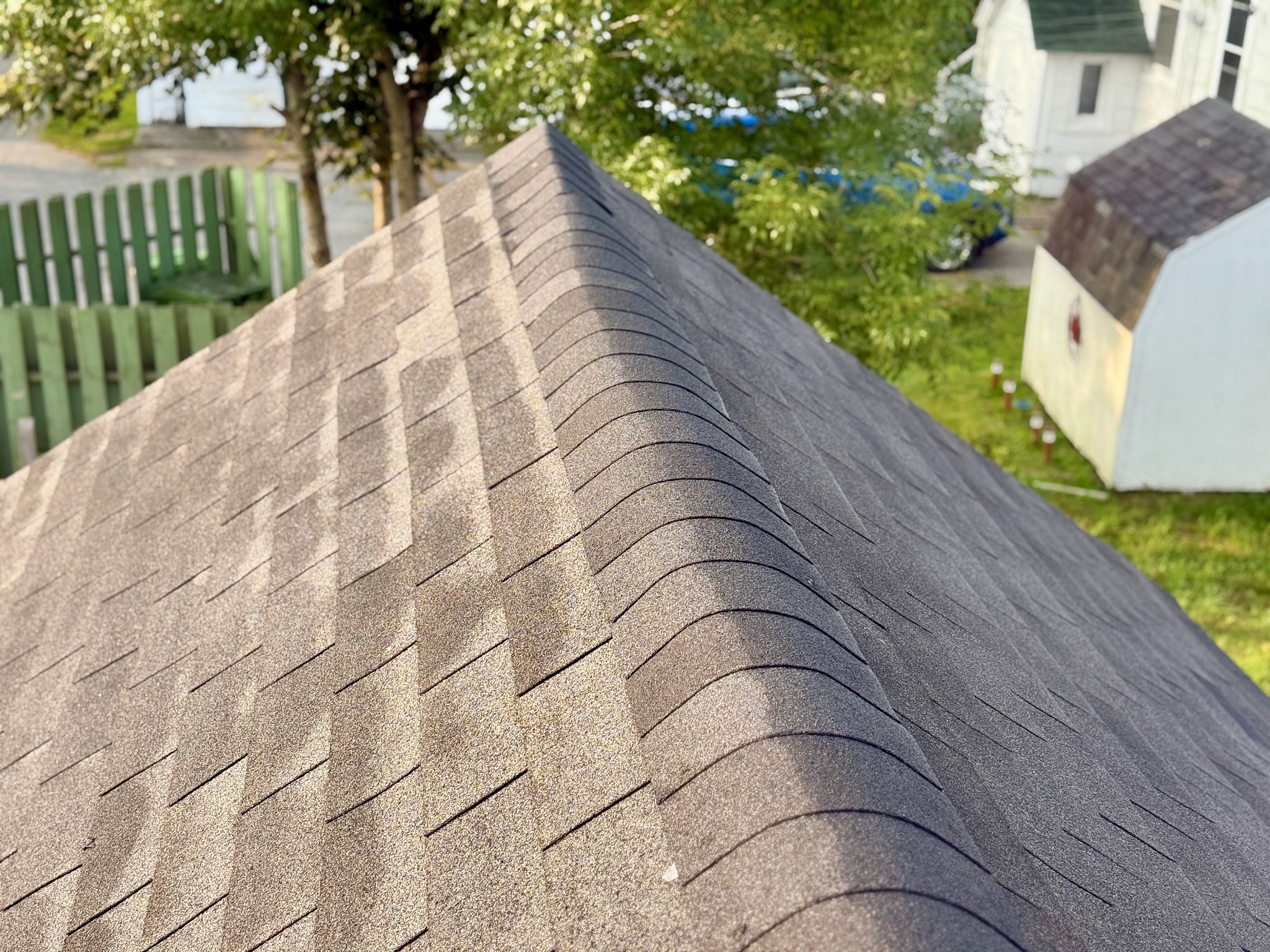How to Conduct a DIY Post-Storm Roof Inspection: Tips from Chesterfield Experts
After a storm, your roof may have sustained damage that isn't immediately visible. Conducting a DIY post-storm roof inspection can help you identify any issues early on and prevent further damage. Here are some tips from Chesterfield experts to guide you through the process.
Safety First
Before beginning any inspection, ensure your safety. Always use a sturdy ladder and have someone assist you. Avoid inspecting the roof during wet conditions, as it might be slippery and dangerous. If you're uncomfortable with heights, consider using binoculars to inspect from the ground.

Initial Ground Inspection
Start by inspecting your roof from the ground. Look for visible signs of damage such as missing shingles, debris, or sagging areas. Walk around the perimeter of your home and take note of any issues that need closer examination.
Check for Debris
Storms can leave behind branches, leaves, and other debris. These can clog gutters and downspouts, leading to water damage. Make sure to remove any debris promptly to maintain proper drainage.
Inspect Shingles
Look for shingles that are missing, cracked, or curled. Damaged shingles can expose your roof to leaks and further damage. If you notice significant shingle damage, it may be time to call in a professional for repairs.

On the Roof Inspection
If you're comfortable climbing onto the roof, conduct a closer inspection. Check the flashing around chimneys, vents, and skylights for any signs of wear or damage. Flashing is crucial in preventing water penetration, so any issues here should be addressed immediately.
Gutter and Downspout Examination
Ensure gutters and downspouts are free from clogs and securely attached. Look for signs of rust, holes, or separation that could impede water flow. Proper gutter maintenance is essential in directing water away from your home's foundation.

Check for Moisture and Mold
Inspect your attic for any signs of moisture or mold. These can indicate a leak or poor ventilation. Mold can cause health issues and structural damage, so addressing moisture problems promptly is crucial.
When to Call a Professional
While a DIY inspection can help identify visible issues, some damage might be hidden or require expert attention. If you notice significant damage, leaks, or are unsure of the roof's condition, it's wise to consult a professional roofer. They can provide a thorough assessment and necessary repairs.
By conducting a careful post-storm inspection, you can protect your home and ensure your roof remains in good condition. Always prioritize safety and don't hesitate to seek professional help when needed.
